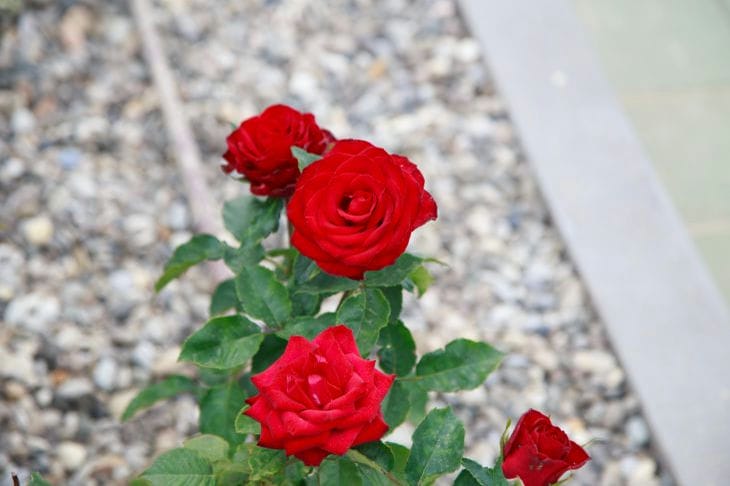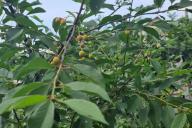When planning a rose garden, it is important to choose plants that will complement the roses and not interfere with their growth and flowering.
Some plants may compete with roses for nutrients and water, while others may attract pests or diseases.
To avoid these problems, it is important to know which plants are best suited for growing together with roses, says Anastasia Kovrizhnykh .

Competition for resources
Roses are demanding plants that need sufficient light, moisture and nutrients. Therefore, it is not advisable to plant aggressive, fast-growing crops next to them that will compete for resources.
Impact on microclimate
Tall plants can create shade and retain moisture, which leads to the development of fungal diseases in roses. In addition, dense plantings impede air circulation, creating favorable conditions for the reproduction of pests.
Allelopathy - chemical action
Some plants release substances into the soil that inhibit the growth of other crops. This phenomenon is called allelopathy. Roses are sensitive to the allelopathic effects of some plant species, such as wormwood, tansy, and marigolds.
Unwanted Neighbors for Roses
Undesirable neighbors for roses include: tall shrubs and trees that create shade; aggressive groundcover plants; crops that attract pests; plants with a strong allelopathic effect.
Suitable environment for roses
Roses go well with plants that do not compete for resources and create a favorable microclimate. Such crops include: lavender, sage, catnip, lady's mantle, ornamental grasses.
Rules for planning a rose garden
When planning a rose garden, consider the size of mature plants, their light requirements, humidity, and soil composition. It is important to leave sufficient distance between roses and other crops to avoid competition for resources and to ensure good air circulation.
Earlier we talked about store-bought peppers .









